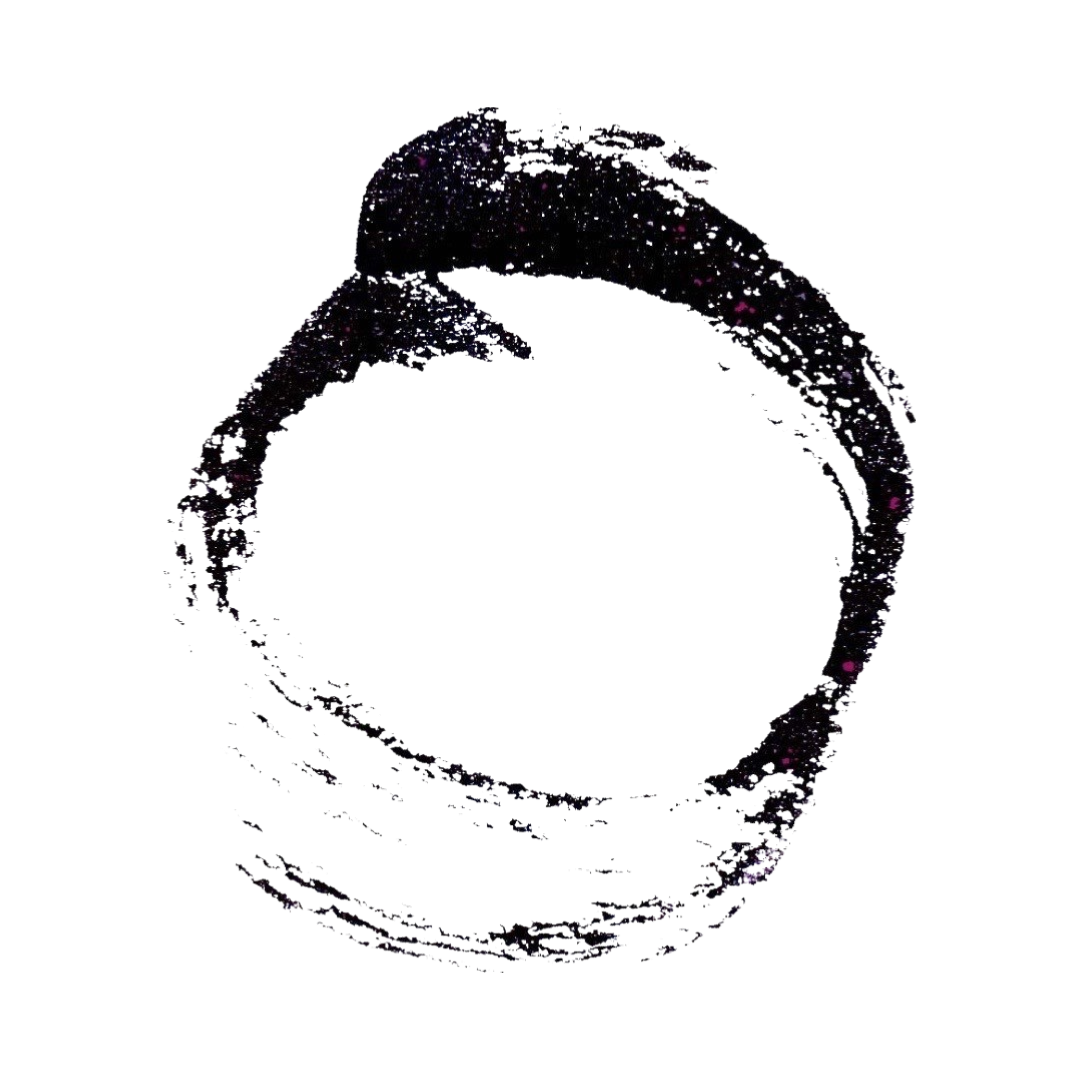Chinese medicine (TCM) is a complete medical system that dates back over 2,500 years. The modalities of acupuncture, moxibustion, herbal medicine, dietary therapy and physical exercise all play an important role. The principles, theories and practical applications of this medicine focus on the balance of mind, body, spirit to optimize health and prevent illness.
Chinese herbal medicine focuses on the individual aspects of a person’s physical and emotional health. Formulas are uniquely talilored to each person which is what makes Chinese herbal therapy so effective.
Gua Sha, translated as “scrape sand” is another modality to reduce stagnant qi and increase blood flow. Using a gua sha tool , the skin is scraped until red with petechiae (small broken blood vessels). The presence of petechiae indicates that there was stagnation and therapy was called for. By stimulating petechiae at specific points, gua sha is believed to encourage a healthy flow of energy and blood.
Acupuncture is one of a number of modalities included in Chinese medicine. Thin, sterile, stainless steel needles are inserted along meridians and at other sites according to your diagnosis for treatment. Once the needles are inserted, patients rest for half an hour. During and after treatment, most often, one will find a renewed sense of well-being and reduction in stress.
Cupping is a therapy in which glass cups are placed on the body and a pump is utilized to create suction. The goal of this modality is to increase blood flow and remove stagnation.
Moxibustion is a therapy utilizing dried Mugwort leaves which are ground into sticks or cones, lit and placed on points on the body. This treatment penetrates and warms the channels, regulating qi and blood, and dispelling cold.






